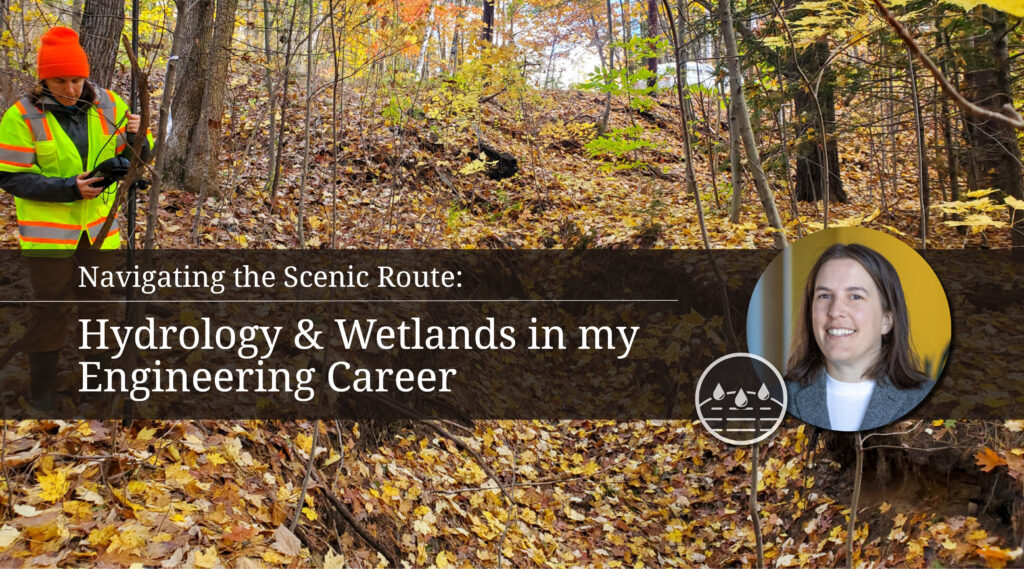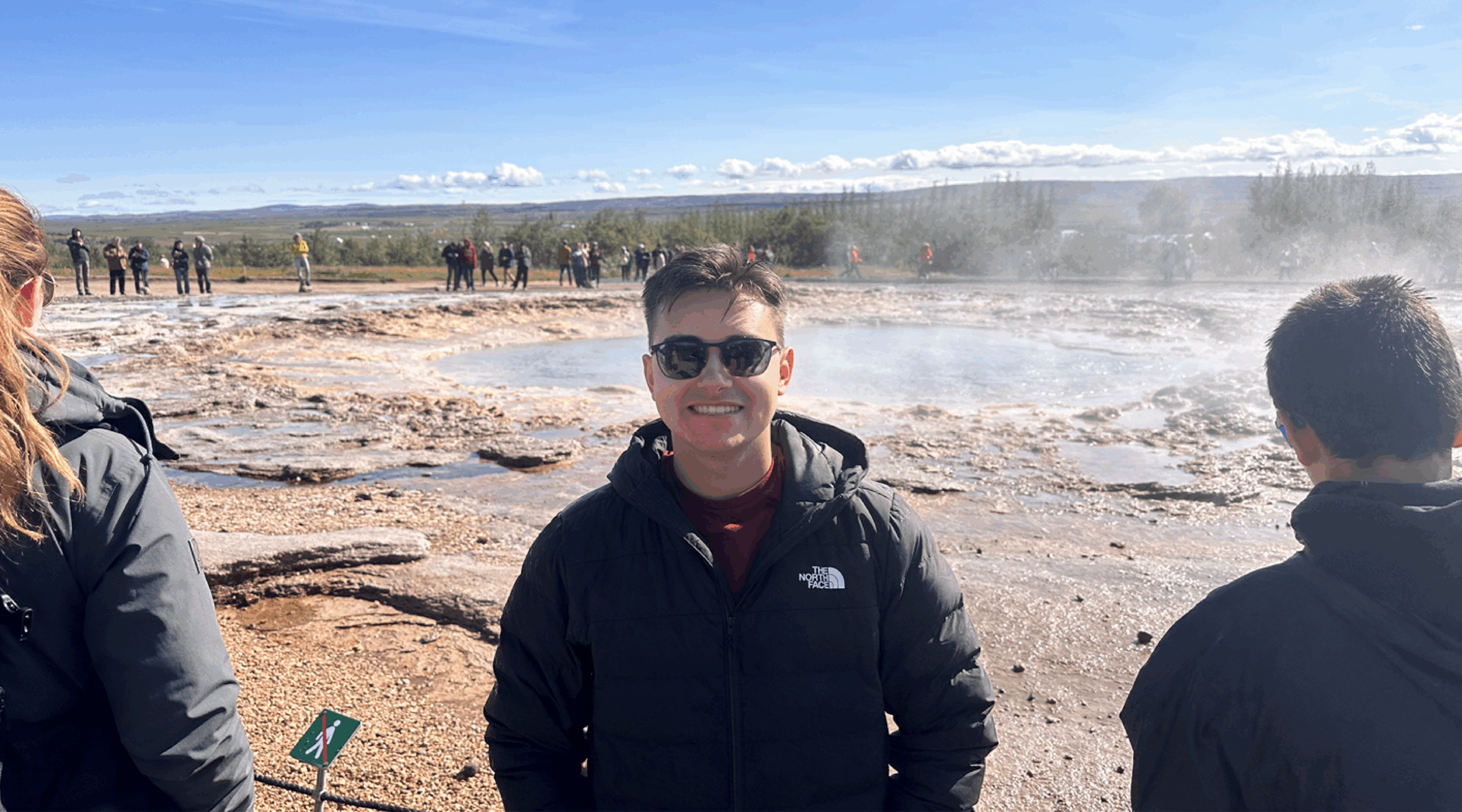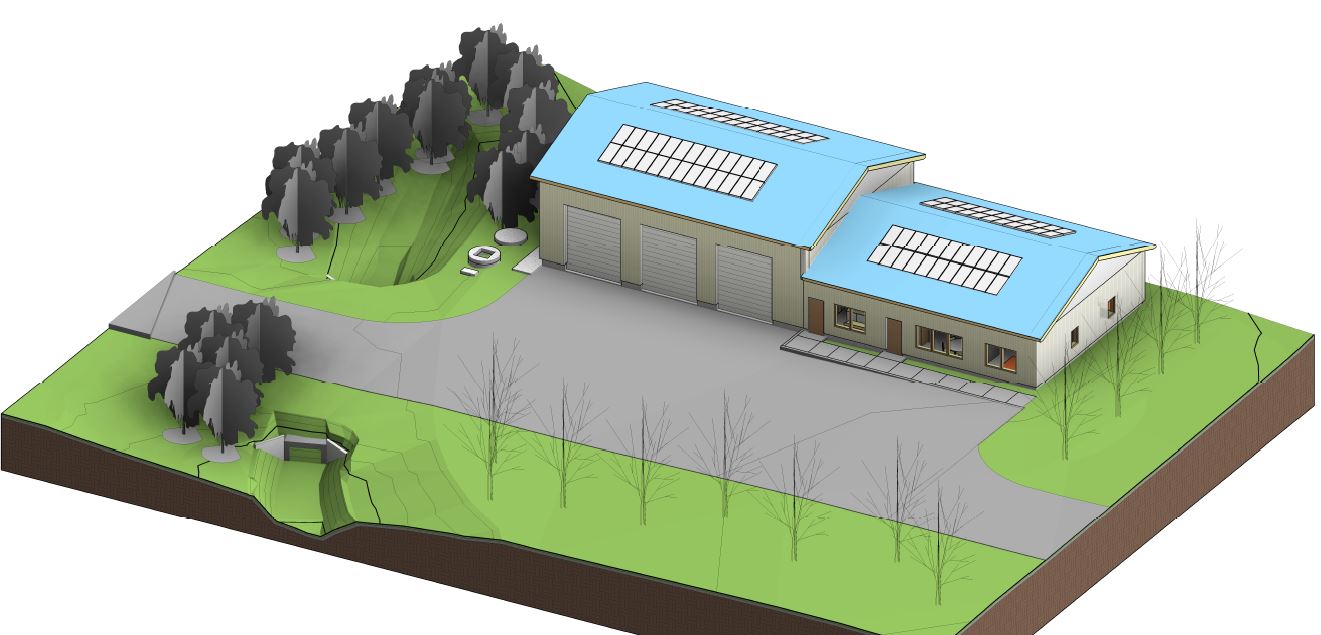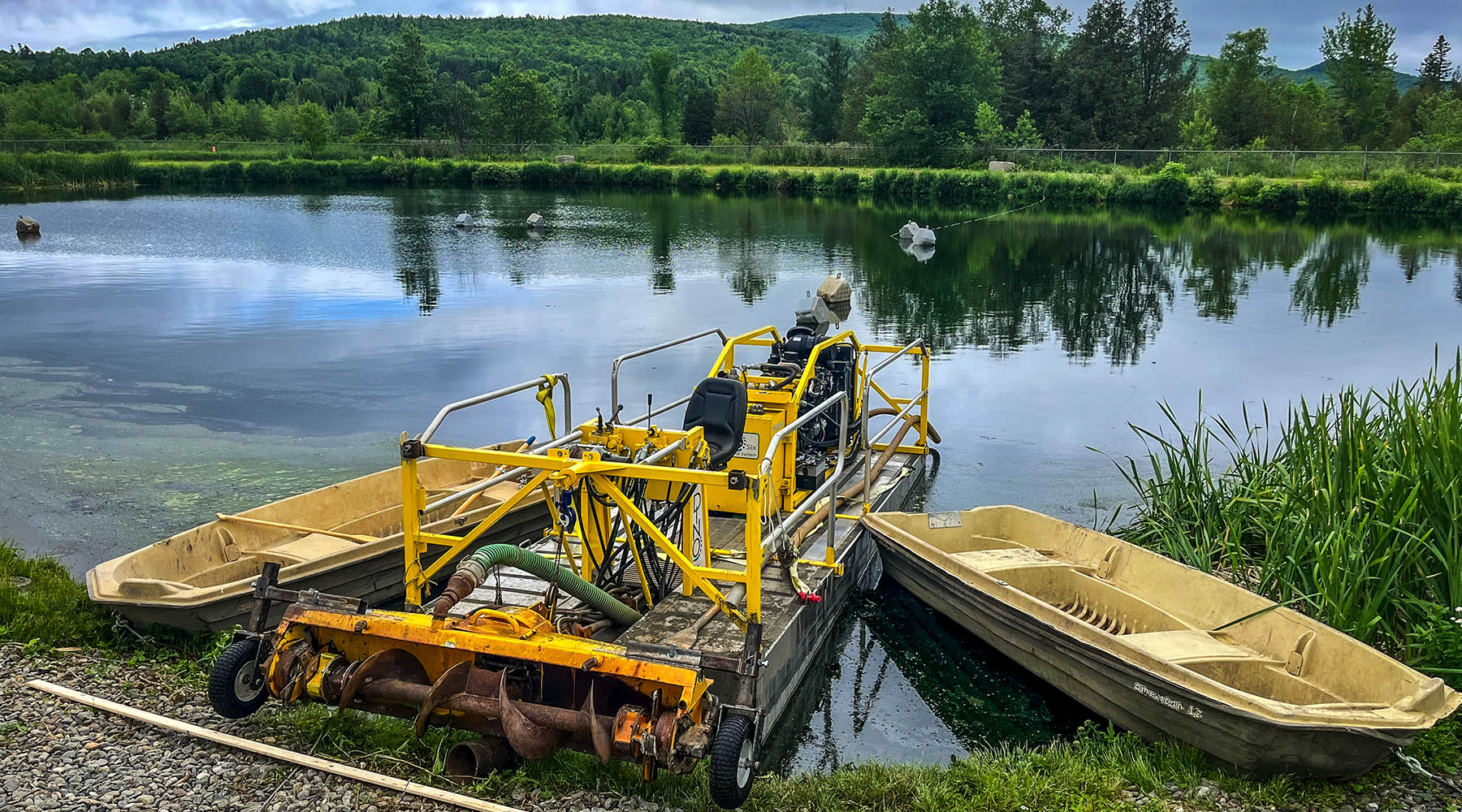
I often tell people I took the “scenic route” to my current career.
When I graduated from high school, I studied Music Industry for two years and left the program feeling very disillusioned and like I just wasted a bunch of time and money. I spent the next eight years trying to figure out what I wanted to do. A big part of those eight years was volunteering on organic farms all over the country, from a blueberry farm in Maine to a flower farm in Alaska.
Water & Aquatic Life: a Calling
My decision to go back to school came to me during my time working as a small-scale farmer running a CSA (community supported agriculture) in southern Washington state. I had a particularly rough day in the field during which I realized that I couldn’t do that type of work forever and my physical ability to do hard labor seemed unsustainable for my future.
I have always been fascinated by water and aquatic life (one of my gigs was volunteering at the New England Aquarium), and so my original thought was to study fish and wildlife with the idea I could work in fisheries. At that point I was averse to mathematics, and engineering really wasn’t even on my radar.
I had heard Oregon State University was a good school for natural resource-related programs. I started out taking classes at the local community college, where I took courses in biology and chemistry. While I was planning my move down to Corvallis, I looked more into the degrees offered at OSU and saw Ecological Engineering, which was a unique program to that school. Ecological Engineering appealed to me because it focuses on integrating human needs with natural systems. Another reason that program intrigued me was it was housed in two colleges: the college of engineering and the college of agriculture.
Hydraulics, Hydrology & Stormwater
Because of my background in farming, Ecological Engineering seemed like a good choice for me. I am so happy I took a chance on myself and studied something I perceived as challenging. While at Oregon State, some of my favorite topics I studied were hydrology, hydraulics, and river engineering. I came out of the program with a goal to work with water in some capacity.
During my time at OSU, I also did an internship with the City of Corvallis in their stormwater utility. I found Hoyle Tanner and thought the stormwater projects they worked on looked interesting. During my job interview, I was asked if I would be interested in hydraulics as it relates to bridge design. I was surprised by this question because I was so focused on stormwater that I neglected to consider that a firm that worked on bridges and culverts would also have a need for someone to do hydrology and hydraulics (H&H) work.
Finding Solace in Wetlands
My job with Corvallis utilities involved a lot of invasive species removal in the local creeks, as well as replanting riparian areas with native vegetation, and monitoring the depth and temperature of the water. Because of my experience in these areas, I was interested in continuing to do field work. I was excited to learn during my interview with Hoyle Tanner that assisting a Certified Wetland Scientist with wetland delineation was a task I could get involved with. Helping with wetland delineations has become a part of my job I really love.
Learning as I go, Loving what I Do
At the time of this post, I have been at Hoyle Tanner for 11 months. I am so excited that I get to work on H&H in my day to day. I am especially happy that I have been able to learn how to do hydraulic modeling.
If I could tell my younger, inexperienced self anything, I would say to not judge myself for taking my time figuring out my passions.
Hoyle Tanner is a multi-disciplined engineering firm that has been in business for 50 years. We have worked on thousands of aviation, bridge, roadway, civil/site, and environmental projects. If you’re looking for a career in a company that supports your exploration and growth, review our available positions and apply today!










